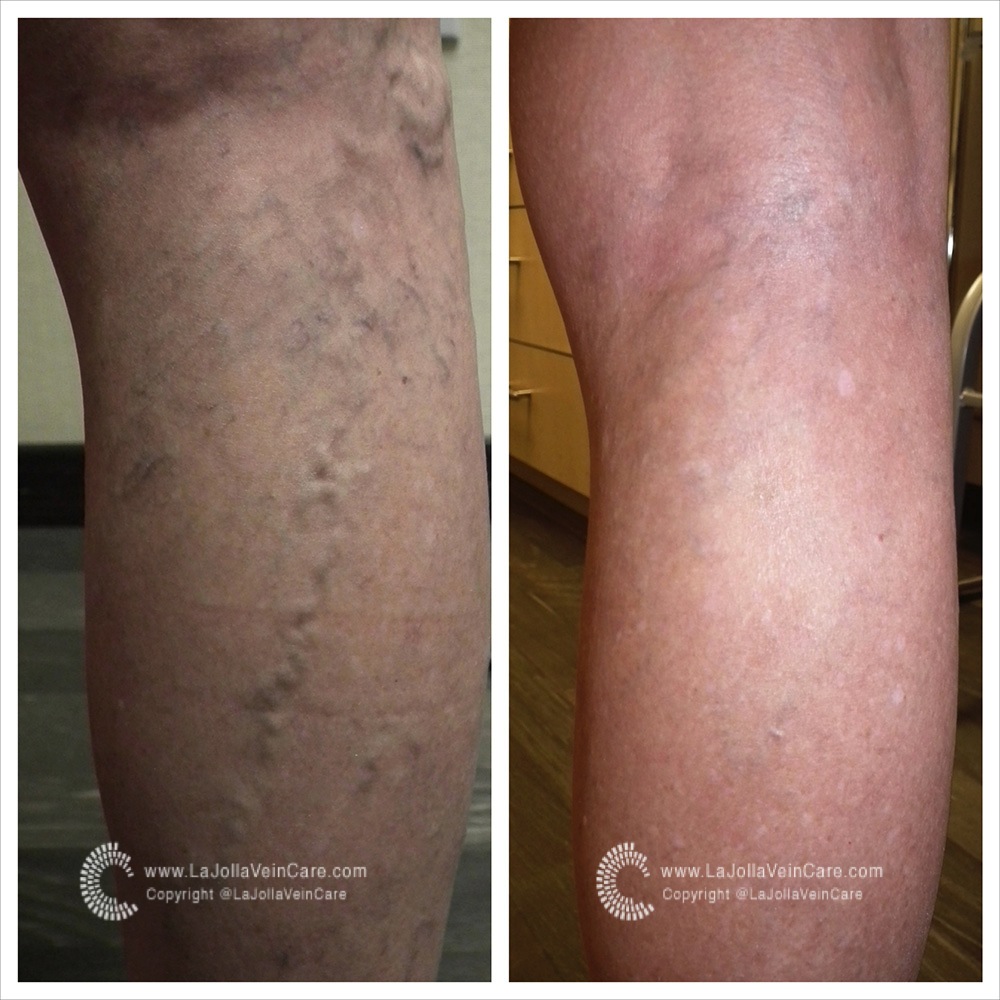About La Jolla Vein Care
This author has not yet filled in any details.So far La Jolla Vein Care has created 122 blog entries.
18, 6, 2014
History of Foam Sclerotherapy Treatment of Varicose VeinsLa Jolla Vein Care2021-11-05T10:56:45-07:00
We Mourn the Loss of Dr. John Bergan, Founder of the Vein Institute of La Jolla
La Jolla Vein Care2022-01-04T10:26:01-08:00This last week, we mourn the loss of a famed vascular surgeon and incredible human being. Dr. John Bergan, world-renowned vascular surgeon who founded the Vein Institute of La Jolla passed on Wednesday, June 10. Dr. Bunke trained under Dr. John Bergan and has said, ‘he was a great human being, compassionate doctor, a dear […]
Society for Vascular Medicine Meeting To Be Held in La Jolla
La Jolla Vein Care2014-06-09T23:49:04-07:00The Society for Vascular Medicine’s 25th Anniversary and Scientific Sessions 2014 are going to be held in La Jolla this week. La Jolla Vein Care’s Dr. Bunke was asked to speak on venous topics. The keynote speaker will be Dr. Jonathan Woodson, MD, U.S. Department of Defense, Assistant Secretary of Defense (Health Affairs). There will be several […]
How Do Varicose Veins Develop?La Jolla Vein Care2021-11-04T17:35:41-07:00
Can Spider Veins Be Painful?La Jolla Vein Care2021-11-04T17:38:02-07:00
Why Didn’t My Spider Veins Go Away?La Jolla Vein Care2021-11-04T19:29:17-07:00
Non-Surgical Removal of Varicose VeinsLa Jolla Vein Care2021-11-04T17:33:17-07:00
Varicose Veins On the ShinLa Jolla Vein Care2021-11-04T17:28:14-07:00
Varicose Veins On The CalfLa Jolla Vein Care2021-11-04T17:26:44-07:00
Before and After Pictures: Varicose VeinsLa Jolla Vein Care2021-11-04T17:25:20-07:00











